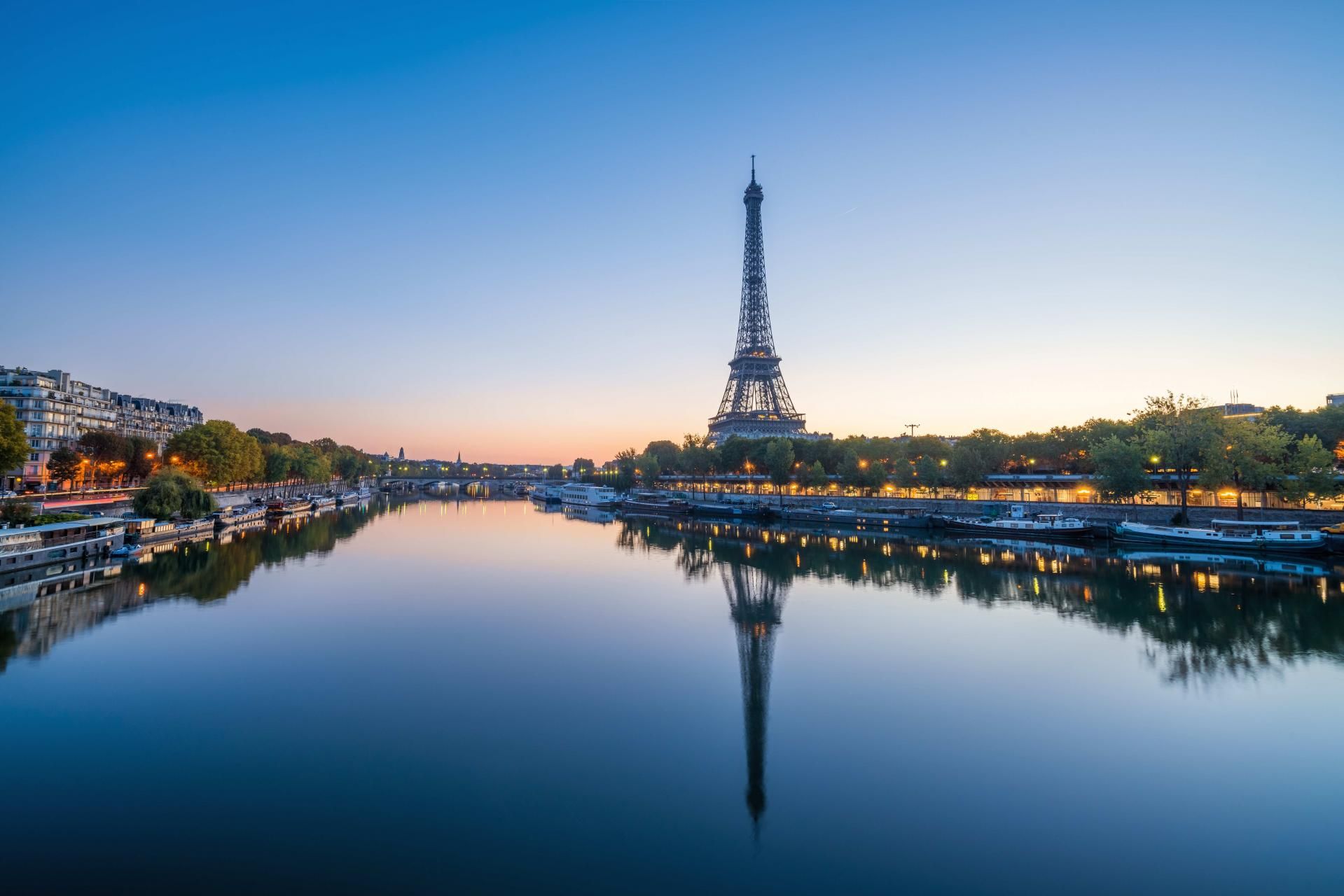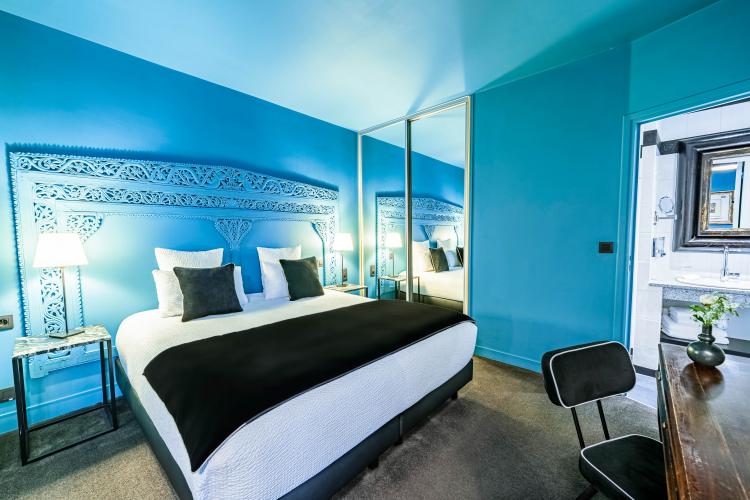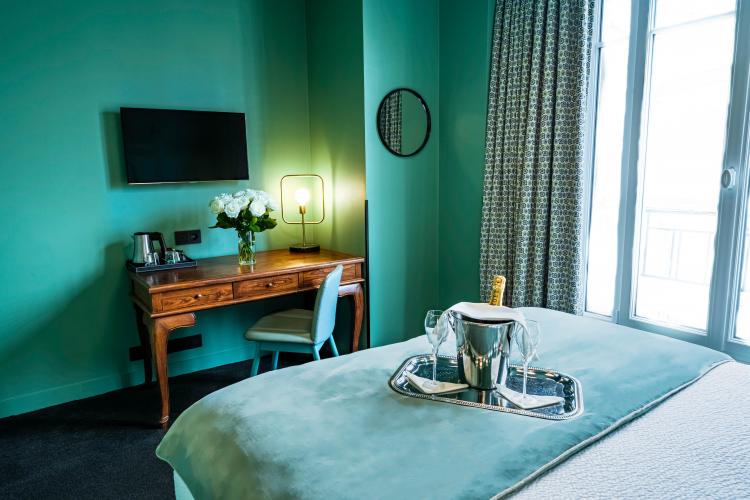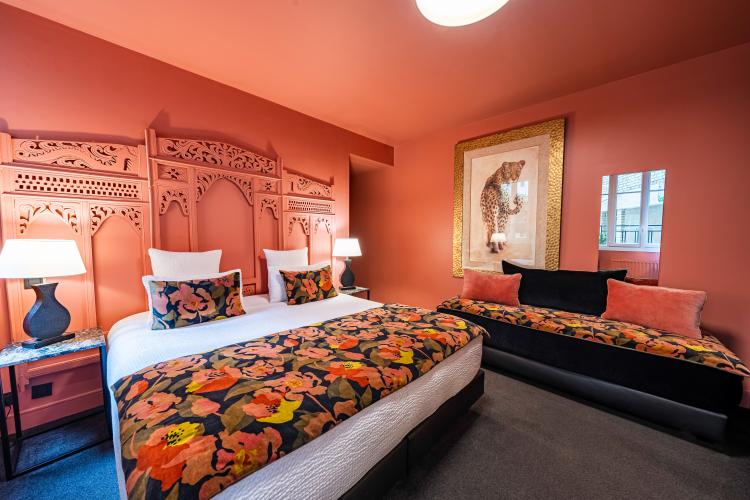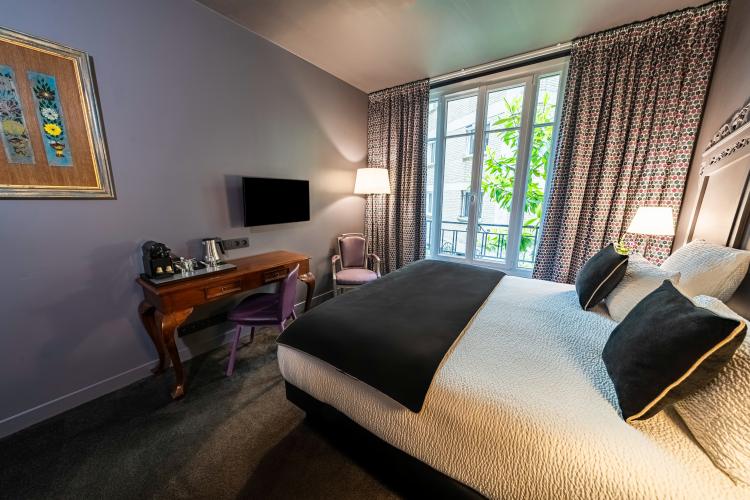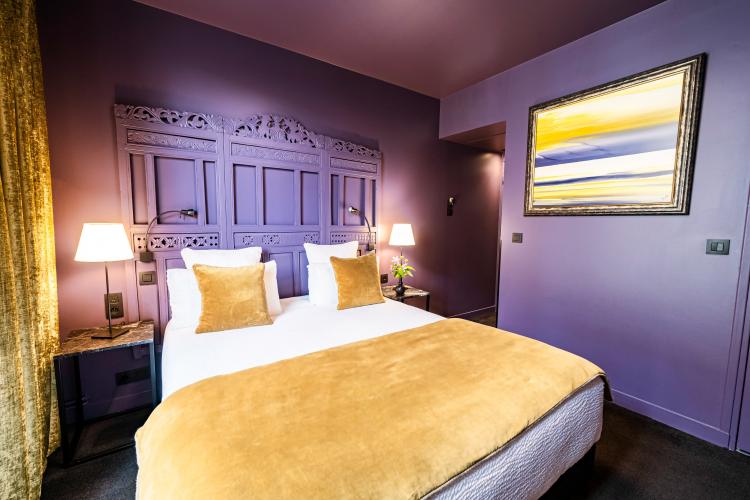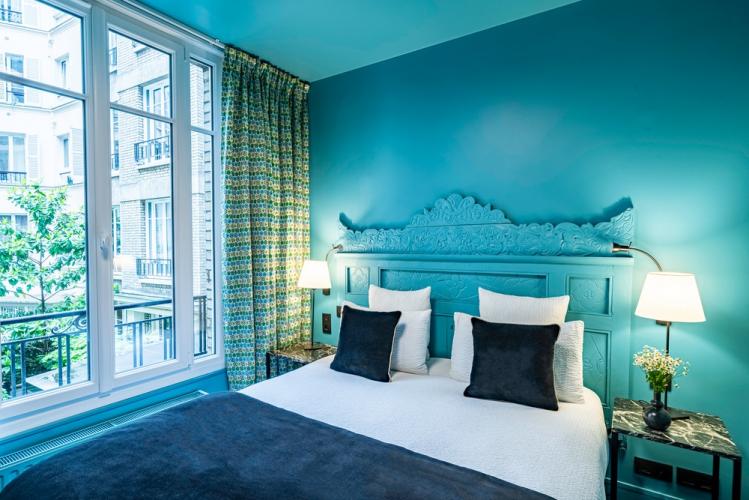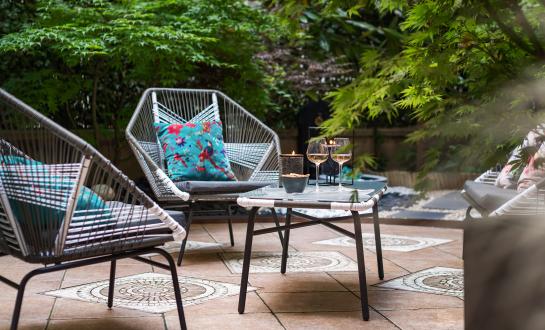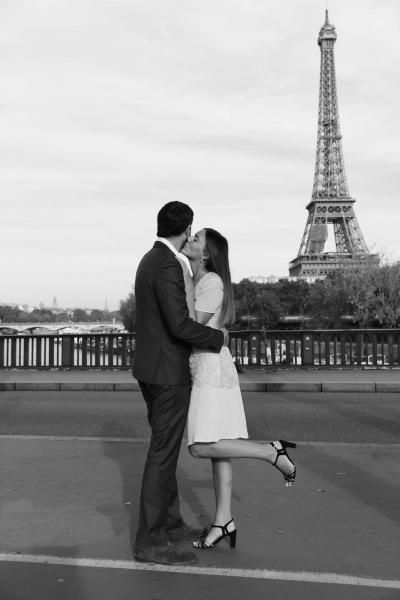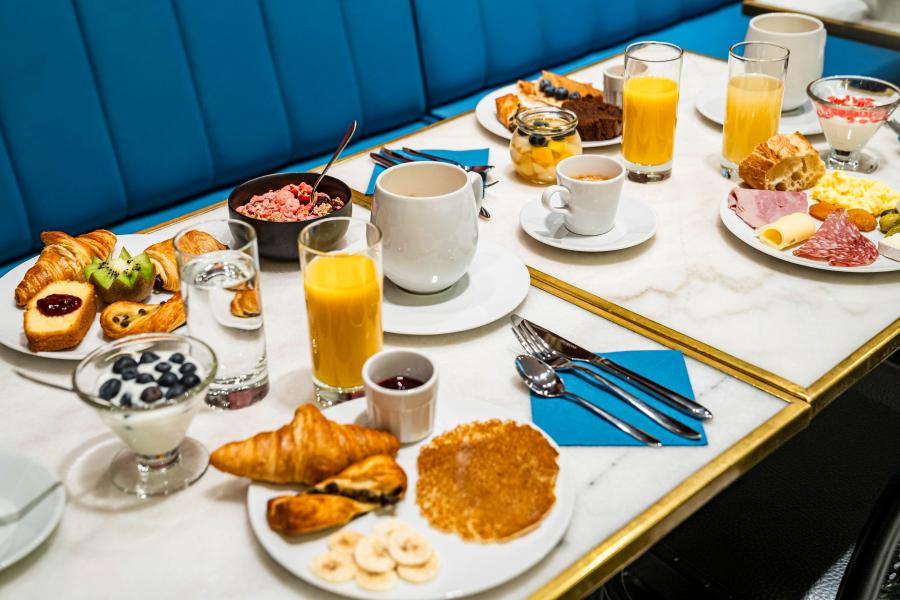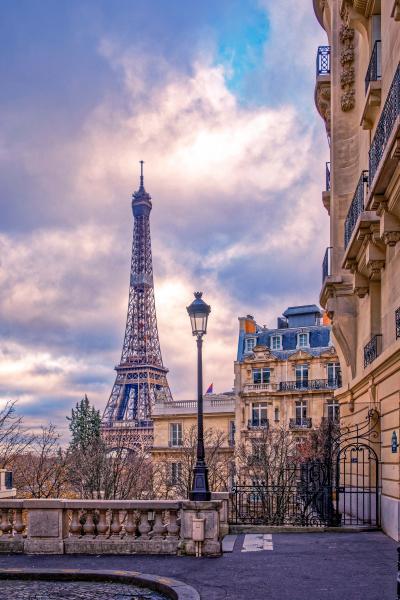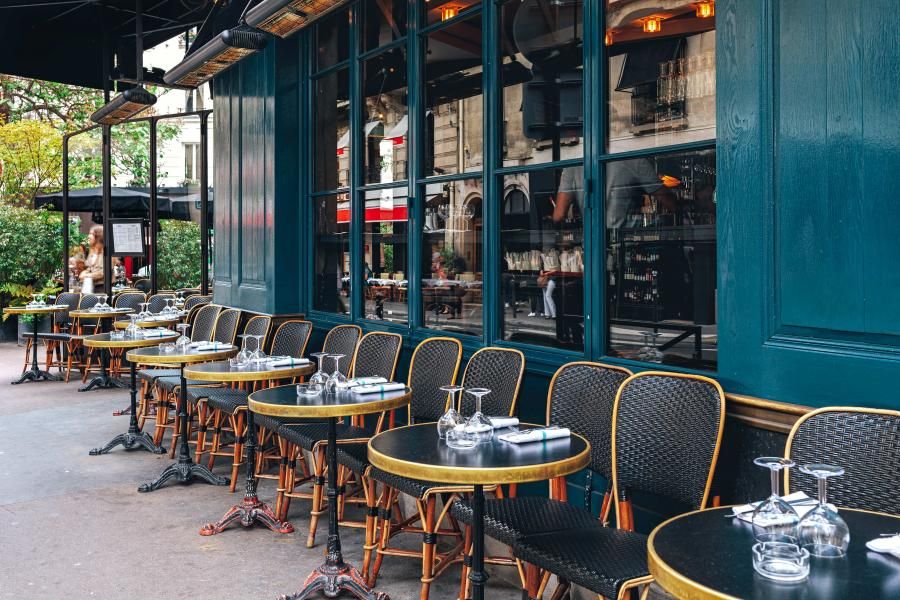WELCOME TO
THE HOTEL VILLA NICOLO
Ideally located a few steps from the Eiffel Tower
The Boutique Hôtel Villa Nicolo, place of charm, elegance and refinement, welcomes you to the famous Passy district in the heart of Paris, just at a few steps from the Eiffel Tower and Trocadero.
Set around a charming patio, our rooms and suites offer a chic, timeless retreat that's right up with the times.



